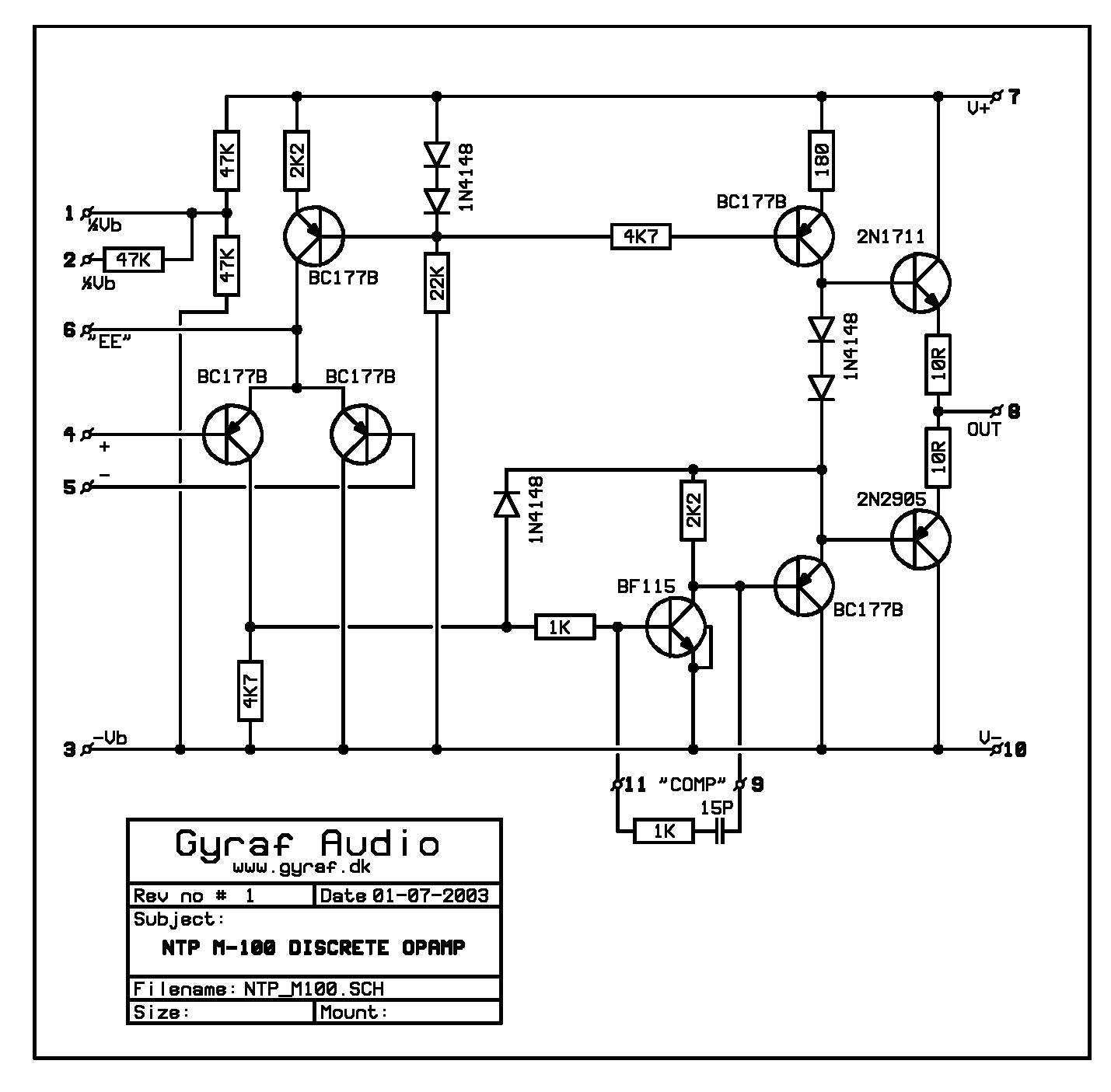strangeandbouncy
Well-known member
Hi guys,
Hope you are all flourishing! I have recently used an NTP eq, and a limiter using the M100, and was very taken with the sound. I was looking at the schemo on Gyraf's website, and wondering how "do-able" it is. My thought was to try to build it on a 990/2520 footprint, so I can try it in my existing stuff. But I am seriously out of my depth, with no ideahow to proceed! I guess that the input transistors would need to be matched(?)
I would also very much appreciate some kind of explaination as to how the circuit works, if at all possible. To start with, do they run in class B?
As ever, i am deeply greatful for any postings on this.
All the best,
ANdyP
Hope you are all flourishing! I have recently used an NTP eq, and a limiter using the M100, and was very taken with the sound. I was looking at the schemo on Gyraf's website, and wondering how "do-able" it is. My thought was to try to build it on a 990/2520 footprint, so I can try it in my existing stuff. But I am seriously out of my depth, with no ideahow to proceed! I guess that the input transistors would need to be matched(?)
I would also very much appreciate some kind of explaination as to how the circuit works, if at all possible. To start with, do they run in class B?
As ever, i am deeply greatful for any postings on this.
All the best,
ANdyP



